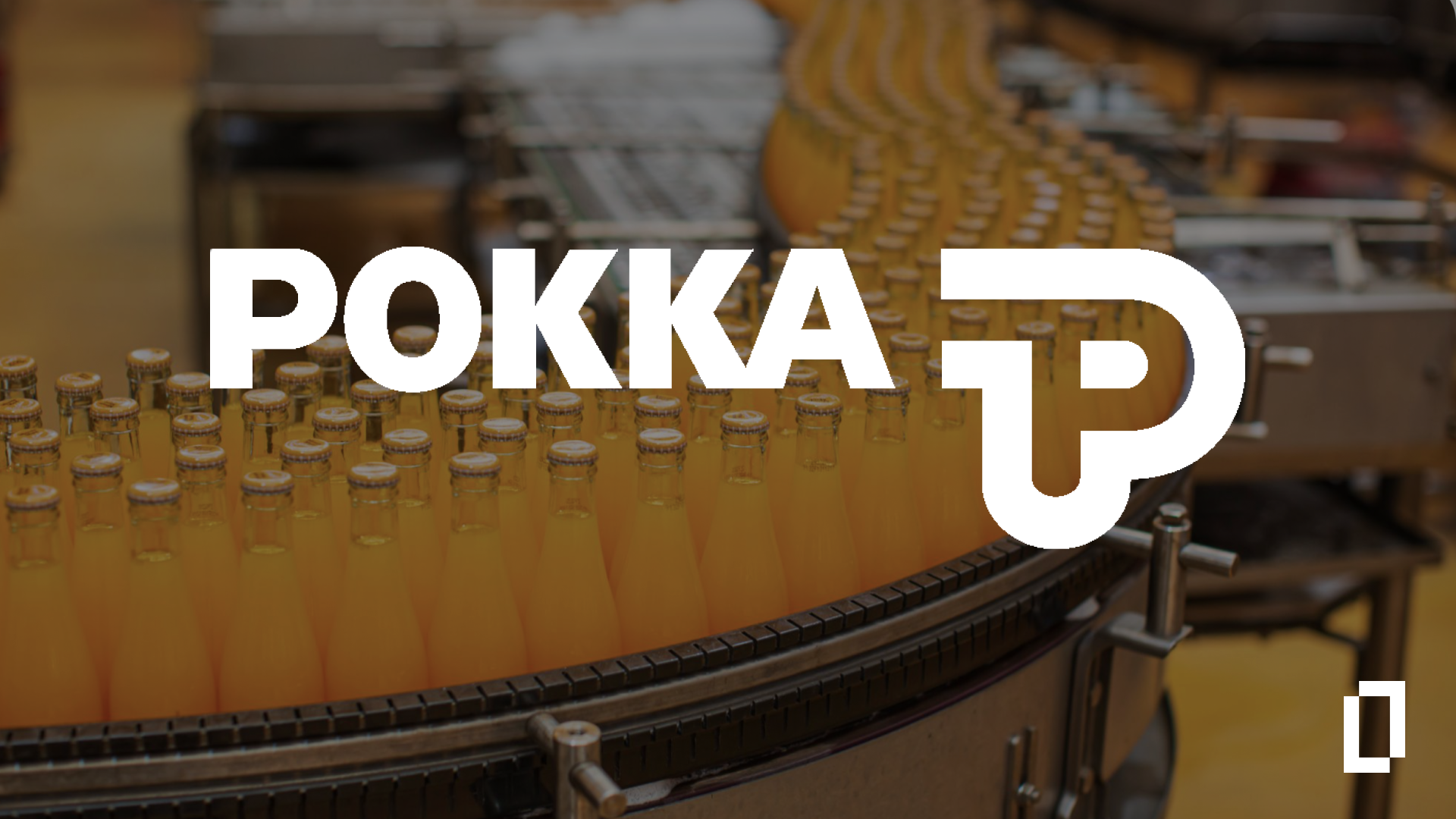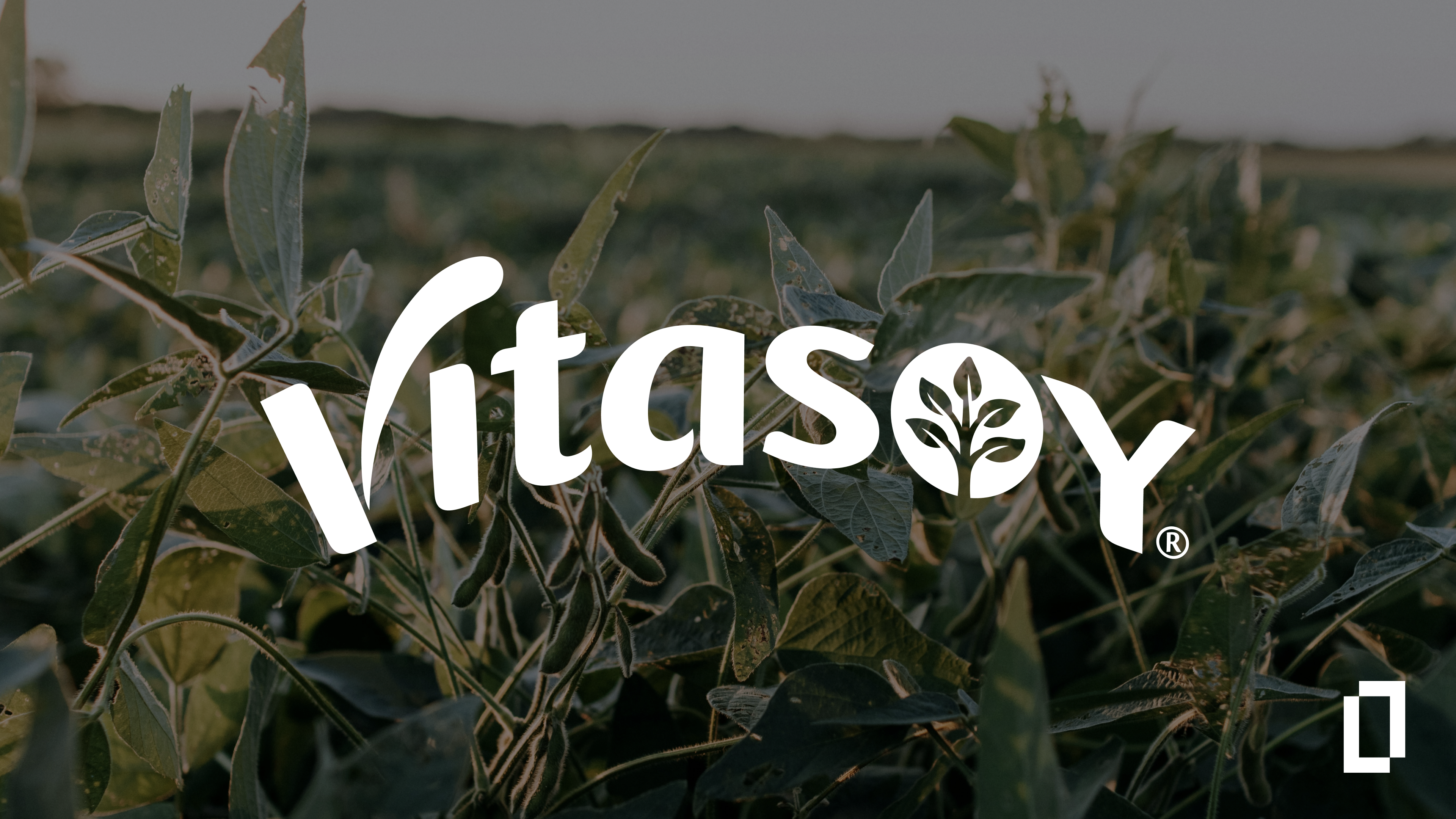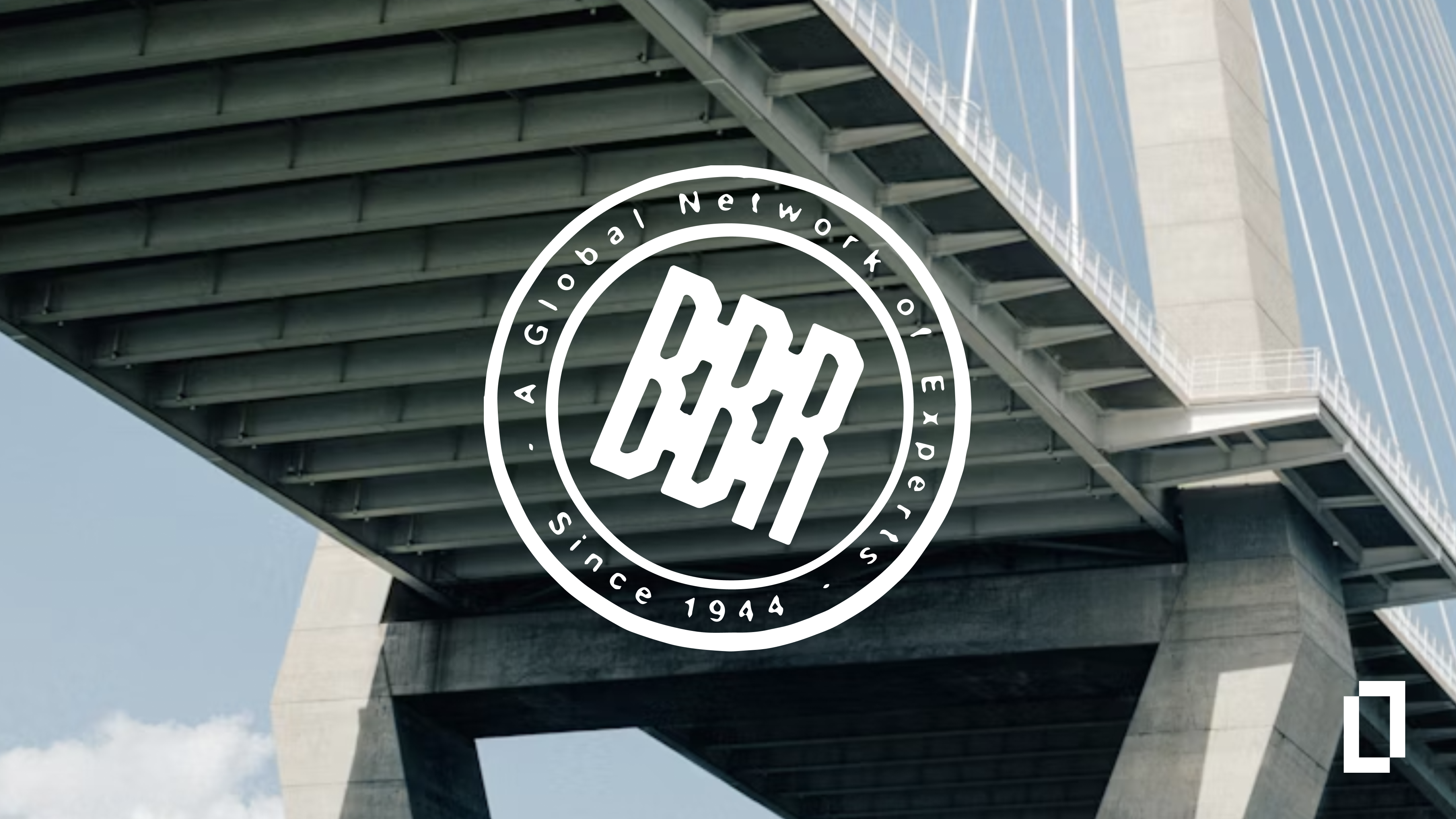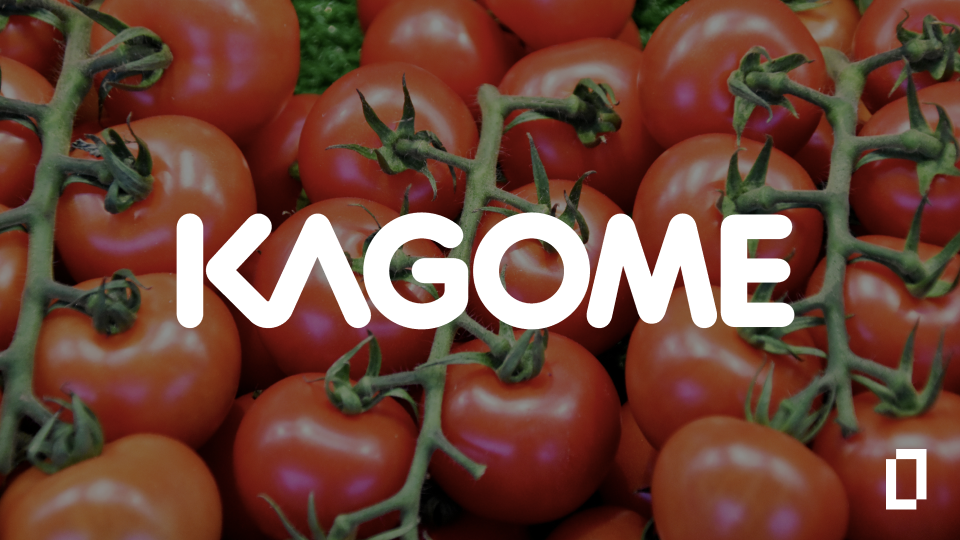PRODUCT IMPLEMENTED
Corporate Carbon Footprinting (CCF)
Product Carbon Footprinting (PCF)
INDUSTRY
Agriculture
Food & Beverage Manufacturing
HQ
Singapore
COMPANY SIZE
Products available in 60 countries
100-500 employees
- Comprehensive Scope 1, 2, and 3 emissions measurement
- Collaboration with Terrascope sustainability experts to simulate decarbonisation initiatives involving procurement, processing and transportation
- Product carbon footprinting of 4980 SKUs – including finished products not manufactured by Pokka – despite not having supplier data
About Pokka
Pokka is a leading beverage company in Singapore and Asia-Pacific, known for its focus on innovation. They saw value in differentiating themselves through sustainability and wanted to prepare for the emerging demands of more environmentally-conscious consumers.
The company launched an initiative to drive sustainability into its operations, exploring new technologies in building design, manufacturing facilities and equipment, distribution and logistics, as well as new bottling and packaging.
Pokka was keen on taking its carbon measurement and management efforts to the next level. They wanted to get a comprehensive Scope-3 measurement platform in place, and use emission analytics to inform supply chain decisions.
The Challenge
The main challenge faced by Pokka was in obtaining a comprehensive understanding of their Scope 3 emissions, given the complexity of their supply chain, and the unavailability of data. Their product portfolio consisted of not only products manufactured by Pokka, but also product ingredients that were exported to OEMs and finished products manufactured by other suppliers and distributed as is.
Because Pokka was unable to gather any product level emissions data from their suppliers, it felt ‘impossible’ for them to start their Scope 3 journey.

The Terrascope Solution
Terrascope put in place a comprehensive program for Pokka to measure, manage, and plan reductions for its supply chain emissions
01. Data Management
Given the volume and diversity of data coming from multiple facilities and systems, Terrascope created a standardised data collection, ingestion and integration process. This put in place a scalable platform for transforming business activity data into emissions data that was 5 times faster than their previous manual efforts. Moreover, Terrascope’s machine learning capabilities helped to identify data errors and fill supplier data gaps with imputed data.

02. Product Carbon Footprinting (PCF) at scale
Pokka’s key need was to reliably estimate the product level emissions of raw ingredients and SKUs that they did not manufacture, but sold and distributed. Terrascope’s unique data science approach was able to model the recipes, manufacturing processes and packaging of 1000s such SKUs, and estimate their emissions Cradle-to-Gate carbon footprint. This involved using proprietary data models to break down each SKU into all contributing sources of emissions, and then estimating the emissions for each source. 
This gave Pokka the ability to create an initial emissions baseline for their entire product portfolio of 4980 SKUs, which could then be further improved when supplier level data was available.
Terrascope’s models managed to achieve ~92% accuracy when subsequently compared to the actual data of 700 product SKUs.
Conducting PCF at scale was the critical unlock for Pokka to make some important progress on their Scope 3 journey, even without supplier level data.
03. Building an impactful decarbonisation program
With an initial Scope 3 baseline in place, Pokka was able to analyse its supply chain emissions for the first time and gain insights into their most material hotspots. Pokka identified specific agricultural ingredients that were significant and surprising hotspots. And a key driver was the impact of land use and land management in their cultivation. This insight prompted Pokka’s procurement teams to look at their sourcing strategies more holistically, and start to evaluate the procurement of ingredients from new geographies and suppliers using farming practices that generated less land based emissions.
For the finished products that Pokka bought and distributed, the largest contributors to emissions were from their packaging, such as the shrink wrap for cans. Pokka then simulated different scenarios for using alternative packaging materials, suppliers and procurement location, to quantify the potential emissions reduction opportunities.

The Value for Pokka
Operational Efficiency
By putting in place a scalable carbon measurement solution that was 5 times faster than manual efforts, Pokka saved valuable time and resources, and could focus on emissions analytics and decarbonisation planning.
Optimising Decarbonisation Investments
By understanding their Scope 3 emissions and hotspots for the first time, Pokka was able to identify procurement opportunities to lower emissions, and build towards a more sustainable supply chain. The Terrascope platform helped them quantify the potential emissions reductions achievable, even for finished products that Pokka did not manufacture.





